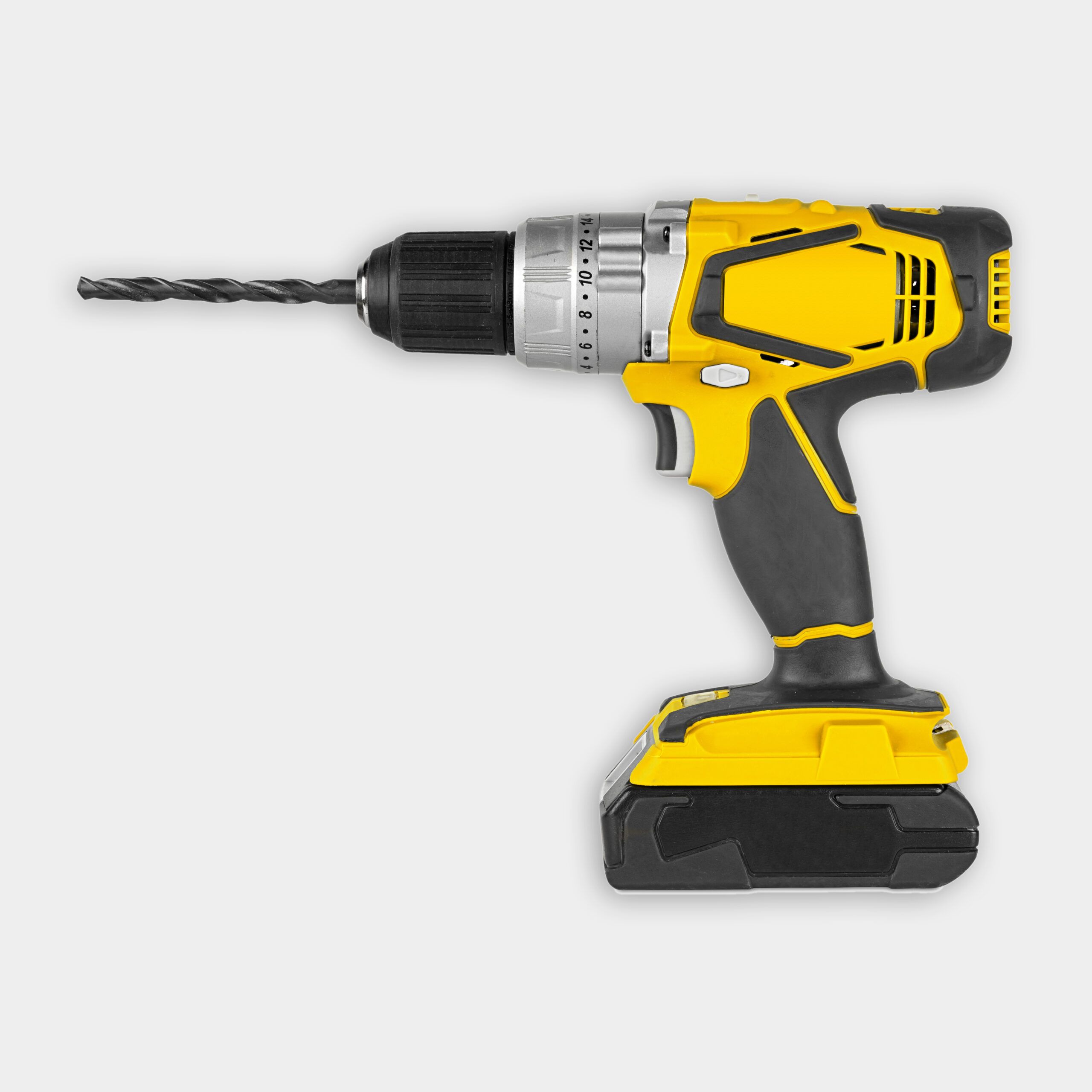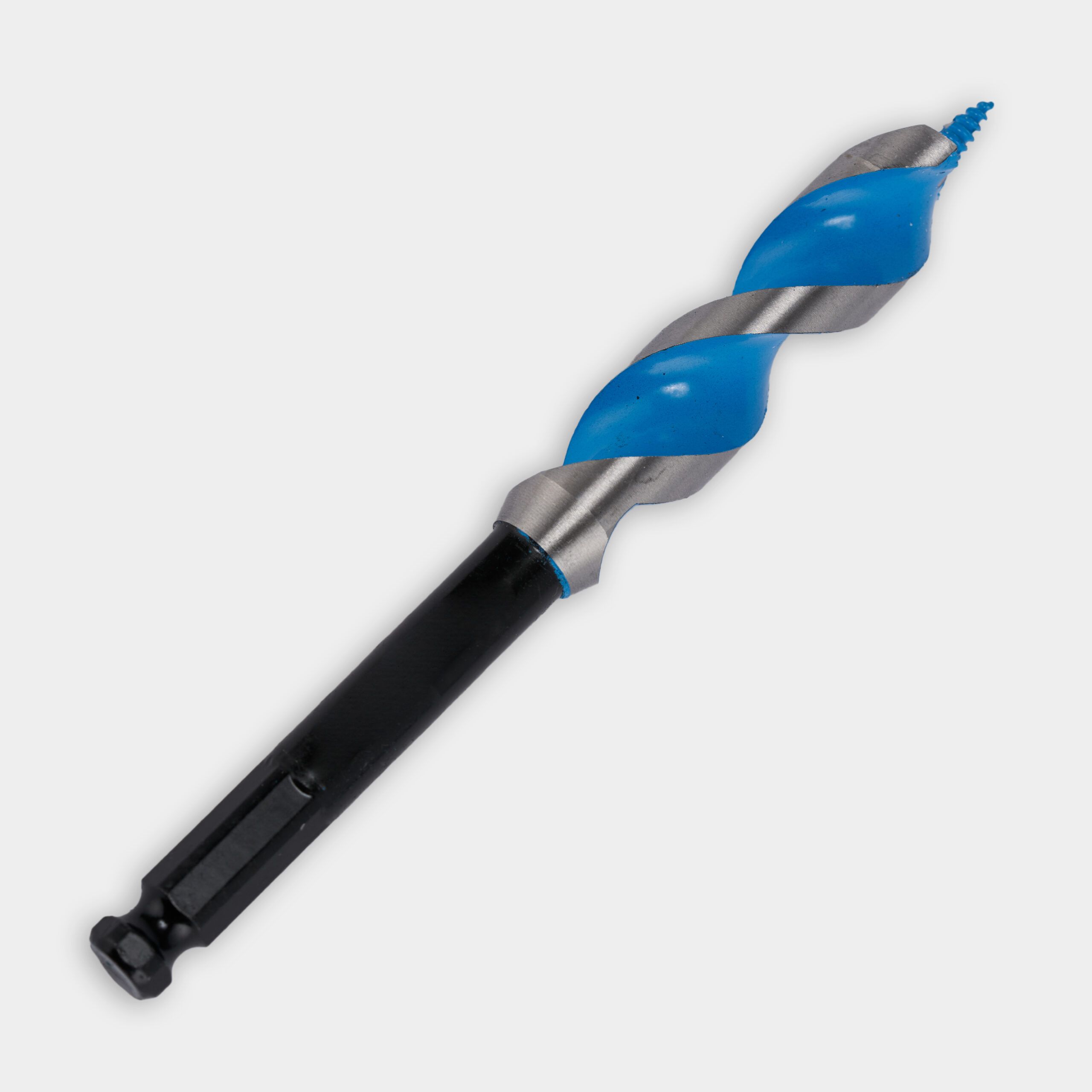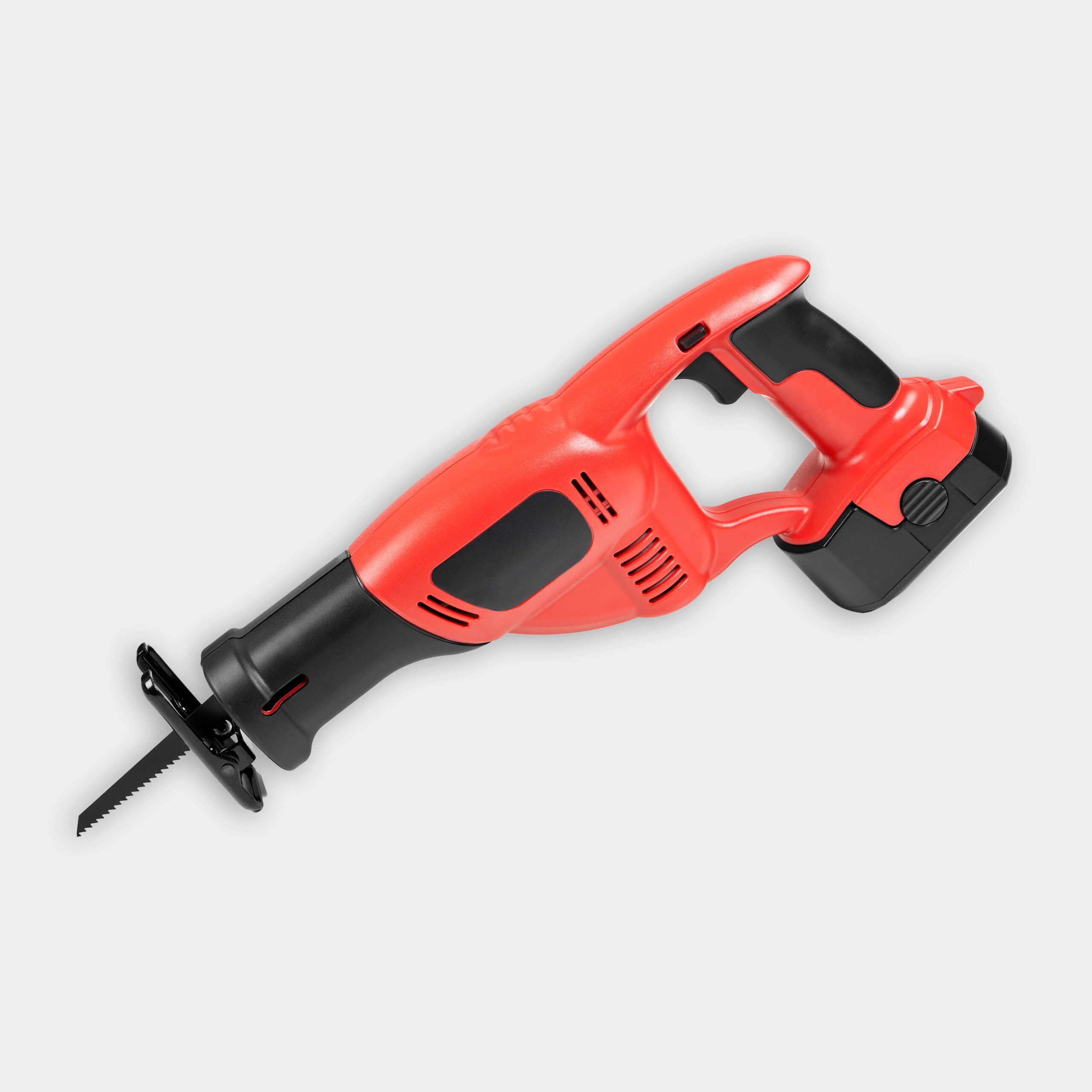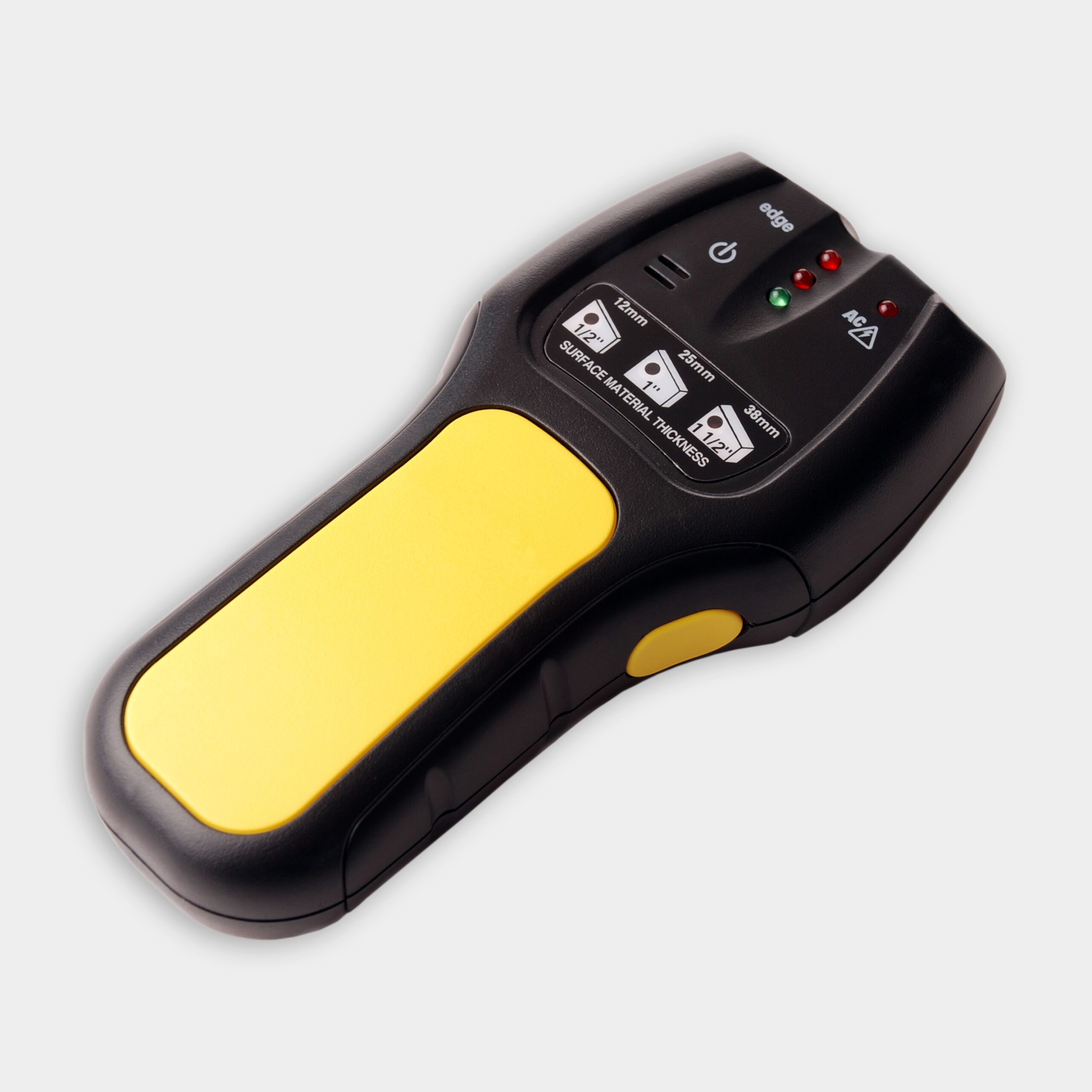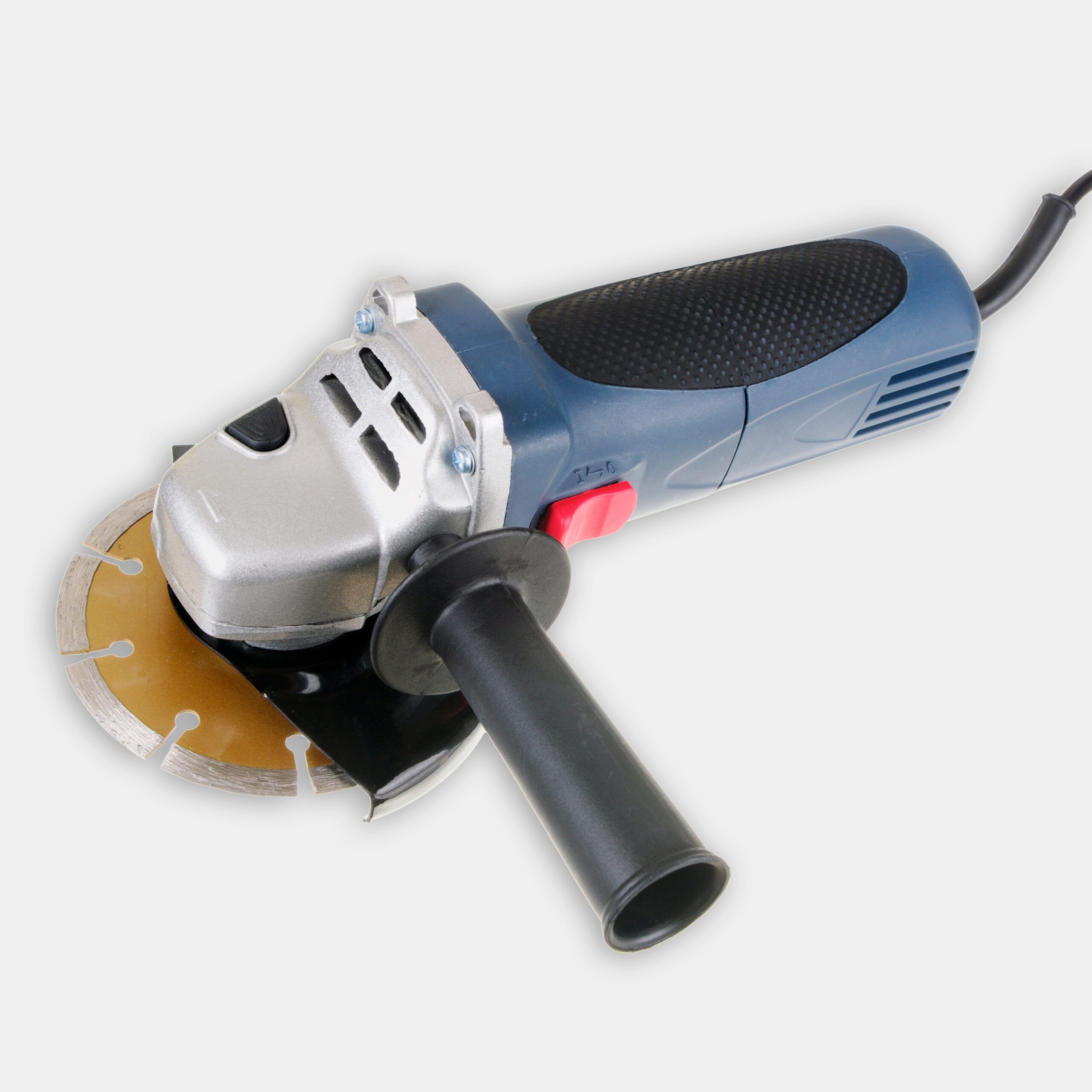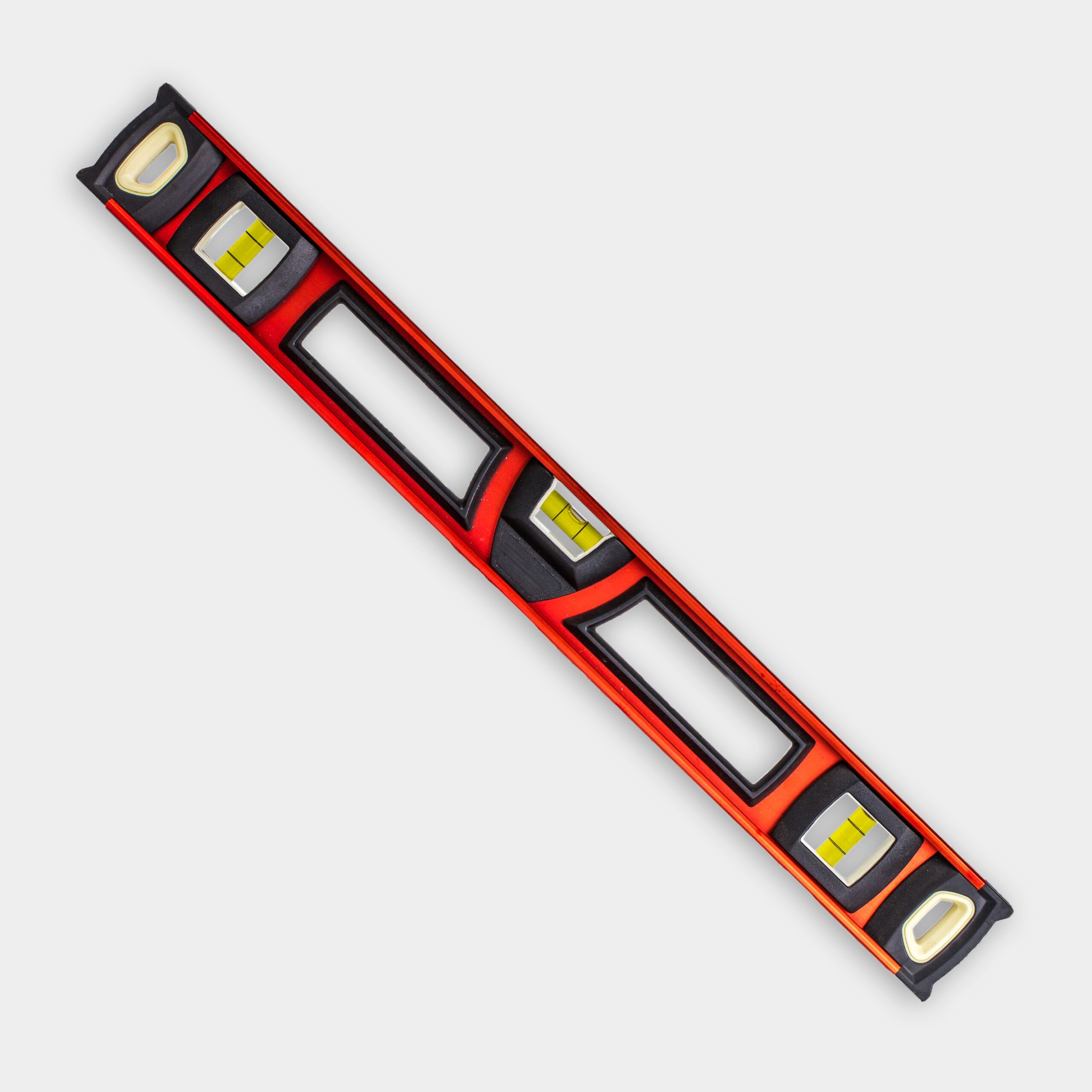Installing a vented microwave can significantly improve your kitchen’s functionality and air quality. This upgrade not only provides convenient cooking options but also helps remove smoke, steam, and cooking odors from your kitchen. In this guide, we’ll walk you through the process of installing a vented microwave, covering everything from preparation to final setup. This Old House’s Richard Trethewey, along with local plumbing expert Kelly Ireland, demonstrates the process in a Philadelphia row house.
Preparing for Vented Microwave Installation
Before you begin the installation process, it’s crucial to gather all necessary materials and tools. Proper preparation helps with a smooth and efficient installation.
Materials and Tools
You’ll need the following:
- 4-inch hole saw
- Angle grinder
- Anti-tip bracket
- Ductwork
- Duct louvers
- Electric drill
- Flexible elbow
- Level
- Mounting hardware
- Pilot bit
- Reciprocating saw
- Stud finder
- Vented microwave
Microwave Venting Safety Considerations
Safety should be your top priority when working with electrical appliances and gas connections. Always turn off the power and gas supply before beginning any work. If you’re not comfortable with electrical or gas work, it’s best to hire a licensed professional.
Removing the Old Appliances
The first step in installing a vented microwave is removing the existing appliances. This process may vary depending on your current setup.
Disconnecting the Gas Stove
- Turn off the gas supply to the stove.
- Disconnect the gas line from the stove.
- Unplug the electrical connection if present.
- Carefully slide the stove out from its position.
Removing the Old Microwave
- Remove any mounting screws securing the microwave.
- Disconnect the power cord.
- Carefully lift and remove the microwave from its mounting bracket.
Installing the Vented Microwave
With the old appliances removed, you can now install the new vented microwave.
Mounting Bracket Installation
- Locate the wall studs using a stud finder.
- Mark the positions for the mounting bracket holes.
- Drill pilot holes and secure the mounting bracket to the wall.
Preparing the Cabinet
To properly accommodate your new vented microwave, you must modify the cabinet space.
- Measure and mark the position for the vent hole in the cabinet above.
- Use a hole saw to cut the vent opening in the cabinet.
- Install any necessary support structures in the cabinet.
Microwave Placement
- Lift the microwave into position, aligning it with the mounting bracket.
- Secure the microwave to the mounting bracket and cabinet.
- Connect the power cord to the designated outlet.
Venting Installation
You need proper venting to operate your microwave effectively. This section will guide you through installing the vent system.
Determining Vent Path
Before cutting any holes, you should plan your vent path. In the video, Trethewey demonstrates how to offset the exhaust to avoid structural elements in the wall. Make sure to assess your unique setup to map out an optimal vent path.
Cutting the Vent Hole
- Mark the position for the vent hole on the exterior wall.
- Drill a pilot hole from the inside.
- Use a hole saw to cut the full-sized hole from both the inside and outside.
Ductwork Installation
- Measure and cut the ductwork to the appropriate length.
- Attach the ductwork to the microwave’s vent outlet.
- Secure the ductwork to the wall and seal any joints.
Installing the Duct Louvers
- Align the louvers with the exterior vent hole.
- Secure the louvers using appropriate mounting hardware.
- Ensure a tight seal to prevent leaks and drafts.
Connecting the Gas Stove to the Vented Microwave
If you’re also installing a new gas stove, this step must be done safely and knowledgeably. We recommend hiring a professional if you’re not familiar with this type of work. Below are the steps that need to happen.
Modifying the Gas Line
In some cases, you may need to modify the existing gas line to accommodate the new stove. This may involve removing old fittings, installing new elbows or extensions, and ensuring proper clearance for the stove’s connection.
Making the Connection
To connect, apply pipe thread compound to all threaded connections. Attach the flexible gas line to the stove and the supply line, and tighten all connections securely.
Safety Check
After connecting the gas line, it’s crucial to check for leaks.
- Apply a soap and water solution to all connections.
- Turn on the gas supply.
- Look for bubbles that indicate a leak.
- If you detect a leak, turn off the gas and tighten or remake the connection.
Final Steps and Testing the Vented Microwave
With the microwave and stove installed, you can finalize the installation and ensure everything is working correctly.
Securing the Appliances
- Install the anti-tip bracket for the stove according to the manufacturer’s instructions.
- Ensure the microwave is level and securely fastened.
- Double-check all mounting hardware and connections.
Testing the Microwave
- Plug in the microwave and turn on the power.
- Test all functions, including the vent fan.
- Ensure the vent is properly exhausting to the outside.
Testing the Stove
- Turn on the gas supply.
- Light each burner to ensure proper function.
- Test the oven and any additional features.
Ensuring Ventilation Efficiency
Ventilation is essential for a vented microwave to work effectively. Make sure the vent system operates correctly by checking airflows and ensuring no obstructions. Effective ventilation maintains air quality and enhances the longevity of your appliance.
